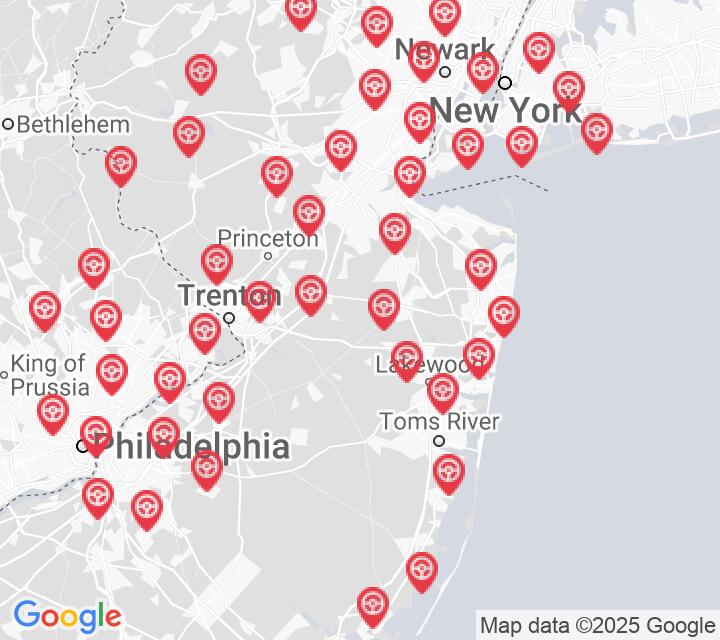Air Brakes
This endorsement is required for driving a vehicle with air brakes. To receive this endorsement, applicants must pass a written test. The test consists of 25 multiple choice questions. Each question has four answer choices. To pass, the applicant must answer at least 20 questions correctly. Test questions come from the New Jersey Commercial Driver Guide. Questions come from the chapter covering: Air Brakes. The Air Brakes endorsement may be used with the Class A, B or C CDL.
Number of Question
Passing Score
7. The service brake system:
Explanation
Air brakes consists of three separate braking systems: the service brake system, the parking brake system, and the emergency brake system. The service brake system applies and releases the brakes when you use the brake pedal while driving normally.
8. Pressing and releasing the brake pedal unnecessarily can:
Explanation
On a vehicle with air brakes, pressing and releasing the brake pedal unnecessarily may let air out of the braking system faster than the compressor can replace it. This may cause the system's air pressure to become too low and the brakes to stop working.
9. An air compressor governor will stop the compressor from pumping air once the air tanks have an air pressure level of:
Explanation
An air compressor governor will stop the compressor from pumping air once the air tanks are at an air pressure level of 125 psi. This air pressure level is referred to as the "cut-out" level.
10. If your tractor is equipped with ABS but your trailer is not, the ABS:
Explanation
In a tractor-trailer combination, if the tractor is equipped with an Anti-Lock Braking System (ABS) but the trailer is not, the ABS will still improve the driver's steering control. The driver should keep an eye on the trailer and let up on the brakes if the trailer begins to swing out.
11. When traveling down a steep downgrade:
Explanation
On a downgrade, the braking effect of the engine should be your primary method of controlling speed. Shift down to a lower gear before starting down the hill and save the brakes for additional slowing or stopping that may be required by road or traffic conditions.
12. To make a stop in a vehicle using air brakes, the driver should:
Explanation


